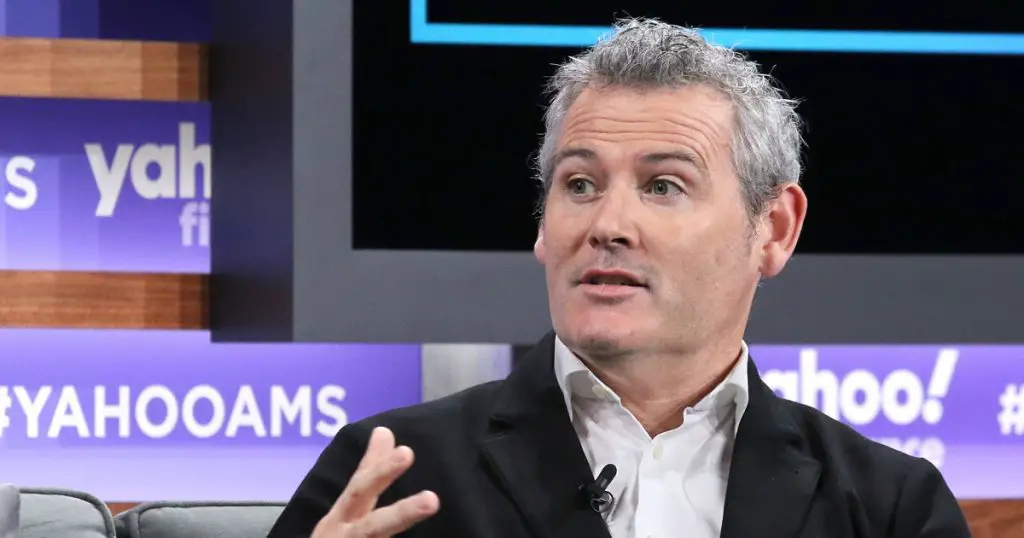Everything is up for grabs.
New ideas are being put together, tested and learned from, and tested and learned from a little more, to get both agencies and clients operating at a higher level.
Clients are looking at new ways of driving down cost, upping value, efficiency and output, keeping the agency on their toes and it’s ideas heading for the bleachers.
Agencies are also working out how to keep their agency on their toes, ideas also heading for said bleachers, keeping all those new start-up companies’ clammy hands stuffed with dollars away their talent, and being grown-up partners to their clients.
So, lots happening, but here’s five things to ponder.
1. What’s the idea behind the incentive plan?


The rule still provides standard performance-based compensation for the 70 per cent of work that agencies are most used to doing. But the company is providing a guaranteed minimum bonus for the 20 per cent of projects labeled “evolved” or the ten per cent of projects that agencies are tackling for the first time. Plus, there’s the opportunity to earn another five per cent of the guaranteed minimum in Coca-Cola’s new agency bonus structure.
The bigger idea here is the reason for the incentive beyond another pot of gold for a talented agency. Coke’s reason was “We need more work in newer and groundbreaking areas.”
Client note: be very specific about the role of the incentive. It can’t be just about money. It has to have an idea.
2. What’s the point in hiring an agency if they can’t keep their talent?
It’s the single biggest issue for agencies. Even the best of them: attracting, incentivizing and retaining top talent.
Not only are other agencies competing for that talent but they now compete with the multitude of technology start-ups that are popping up in every cubbyhole (not even a garage anymore) from Brooklyn to San Francisco.


Airbnb’s agencies are paid on a “per night” basis where they take a cut every time accommodation is booked through the site.
From an agency perspective, Kit Krugman, chief curator at Co:Collective is suggesting that innovative companies need to think beyond money to engage their most valuable asset; their people, and that ”to incentivize and retain our most valuable asset in a talent economy – our intellectual capital – we need to re-align salaries with what drives both them and the company forward.”
Talent is massively important to both agency and client. And maybe where the future of compensation would do well to focus.
3. The world’s first brand-tech group.
Technology companies are rarely very good at building brands, and companies who are traditionally good at building brands are poor at technology.
Well, that’s the theory behind the recently launched You&MrJones.


“Technology now enables every part of the brand-building process to be done better, faster and cheaper – from creating content, to producing it, to sharing it, to targeting and measuring.”
“And it’s also created a global creative department of more than one billion people, all of whom can now create, produce and share. We’re building a new technology group that aims to leverage all of this for brands.”
Mr Jones is not going to build a big legacy businesses (which he built at Havas): “a flawed model that charges a fortune for a commodity (i.e. people’s time) and gives the added value (that is, the business-changing creative idea) away for free.”
“We’re not going to charge on an hours-per-head model. We will help brands set up their own in-house agency if they want,” he explains. “Everything that the traditional model does, we will do the opposite.”
So what does all this mean?
Well, if Mr Jones’ business is about helping brands go direct to talent, and then direct to consumers, via tech companies, it would be crazy to ignore it. No one else is offering it at scale.
Maybe the company is more akin to a ‘super-agent’ like talent agency William Morris Endeavor, with a direct line to talent for clients. I think it will very helpful for brands wishing to expand their in-house capabilities.
Is it going to decimate the networks in the next 18 months? No.
But I certainly wouldn’t bet against Mr Jones being a major player within the next five years.
You&MrJones is still in ‘beta’ but yes, we do think Mr Jones has a thing going on.
4. The big idea is still the big idea.
Yes, be flattered by data, mesmerized by integrated thinking, driven by incentives, wowed by technology.
But the big idea is still the key.
It’s still the one thing that will drive everything else.? The one thing that will enchant the CEO, silence the shareholders, placate the franchisees, and completely and utterly engage each and every one of a brand’s consumers.
There are very few people out there who can do it. Very few.
Take a look around your ad agency. Name them and keep them happy. Be their favorite client.
You’ll get that investment back time and time again. And make sure your agency is in a position to attract, reward and retain more.
5. Collaboration is the new creativity??
Clients and agencies actually acting like partners, not just saying it?? Maybe finally it’s actually becoming more than just lip service.
Coca-Cola begins all marketing initiatives as projects and through a process designed to match the specific marketing needs to the agency’s skill set, Coke’s agencies are able to climb the ladder from “Project Agency” to “Partner Agency.” But evidently, even those who make “partner” are still assigned a string of projects in place of the traditional retainer-based relationship.
Also, The 4As (American Association of Advertising Agencies) replaced their long-standing awards competition for creativity with a new competition based on an agency’s ability to partner with other agencies: The Partner Awards.
This new reality is a difficult adjustment in an industry that is as much art as commerce. And vice versa.
Is Collaboration now prized as highly as creativity?
This article first appeared in Forbes.








